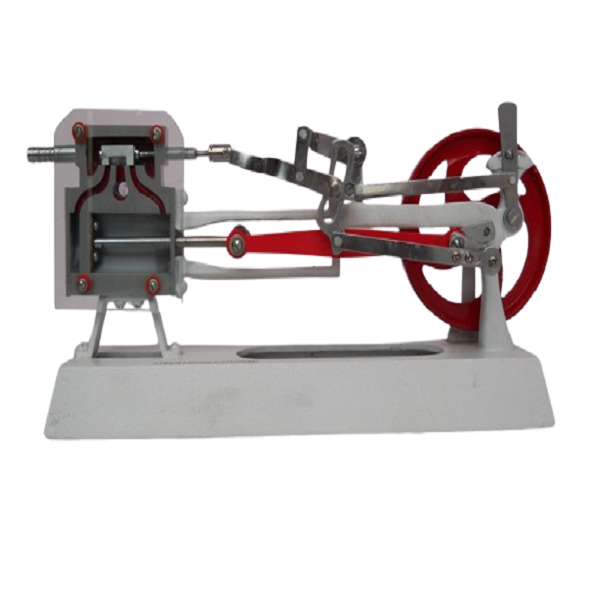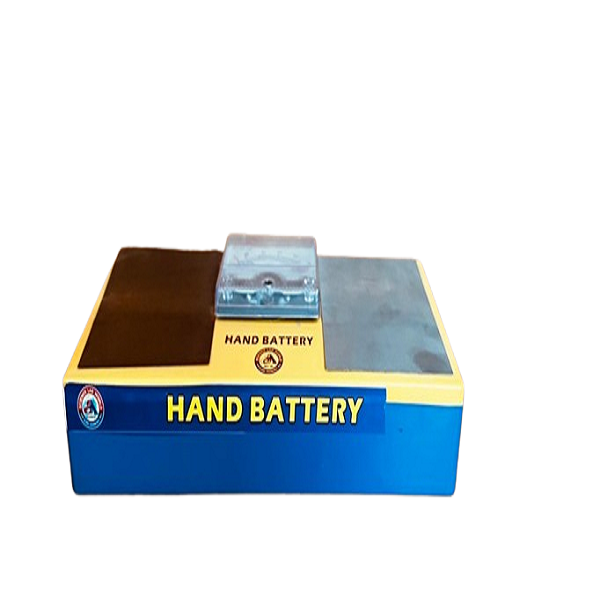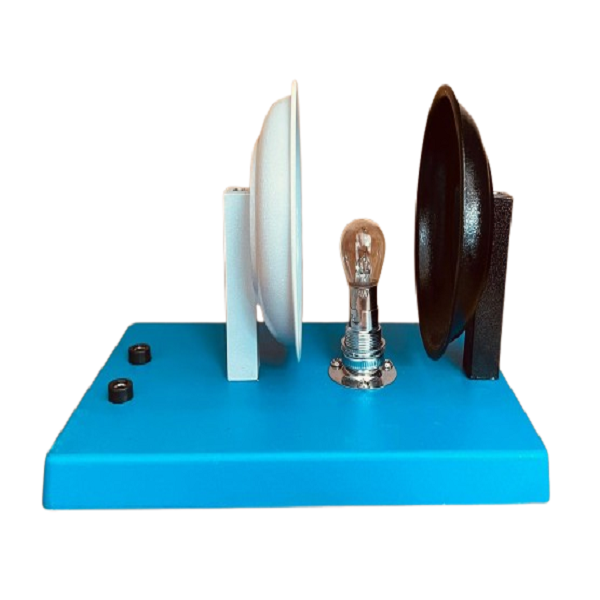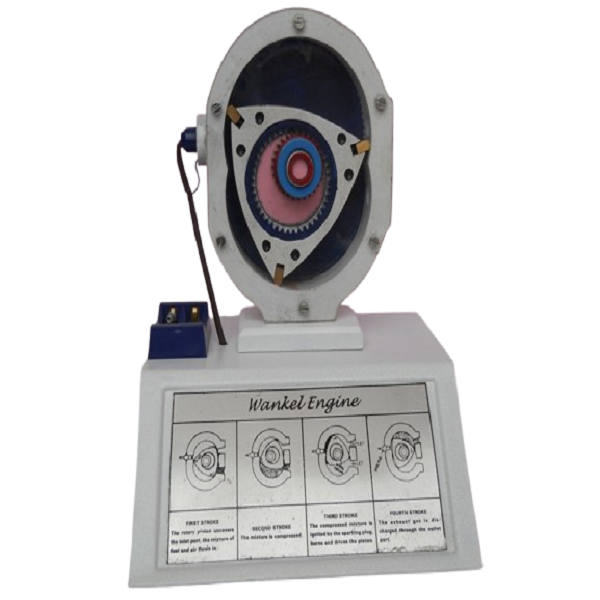A steam engine works by using steam pressure to move a piston back and forth inside a cylinder, which converts thermal energy into mechanical energy:
-
- Fuel combustion: Fuel is burned to boil water and create steam
- Steam admission: A valve mechanism allows steam under pressure into the cylinder
- Piston movement: The steam expands and pushes the piston
- Connection to a crank: The piston is usually connected to a crank on a flywheel, which produces rotational motion
- Fuel combustion: Fuel is burned to boil water and create steam
- Mechanical energy: The mechanical energy can be used in a machine
Steam engines were the first machines that could convert thermal energy into mechanical energy in a practical and convenient way. There are several types of steam engines, including:
- Reciprocating: A common type of steam engine that uses pistons to convert linear motion into rotational motion
- Vertical: The cylinder is positioned vertically and the pistons move up and down
- Horizontal: The cylinder is positioned horizontally and the pistons move back and forth
- Uniflow: Steam flows through the cylinder in a single direction
- Condensing: Uses a separate condenser to improve efficiency






There are no reviews yet.